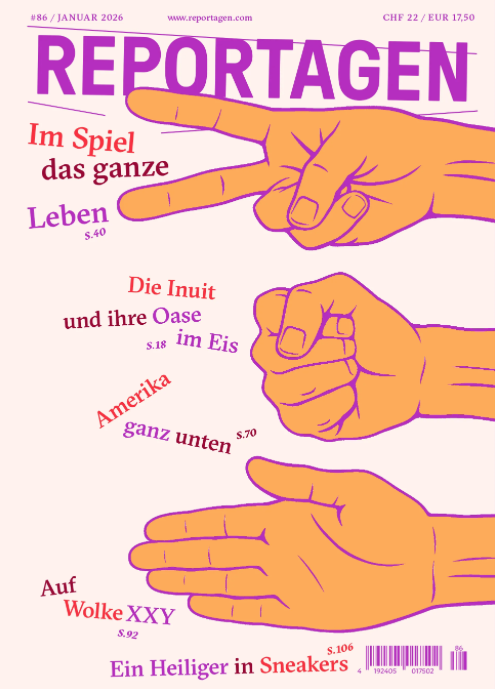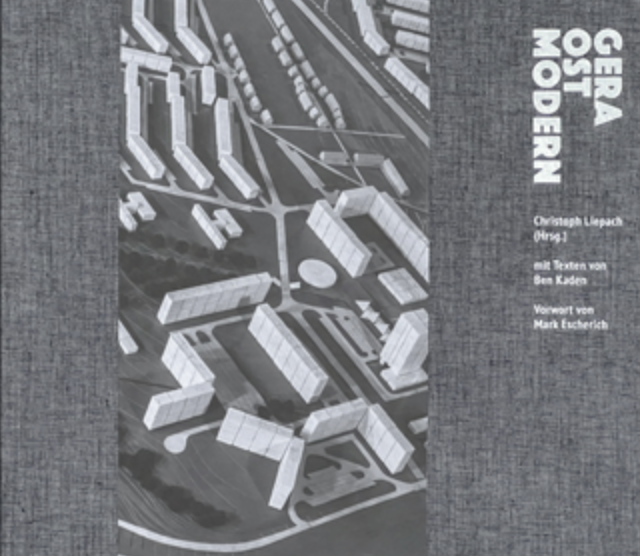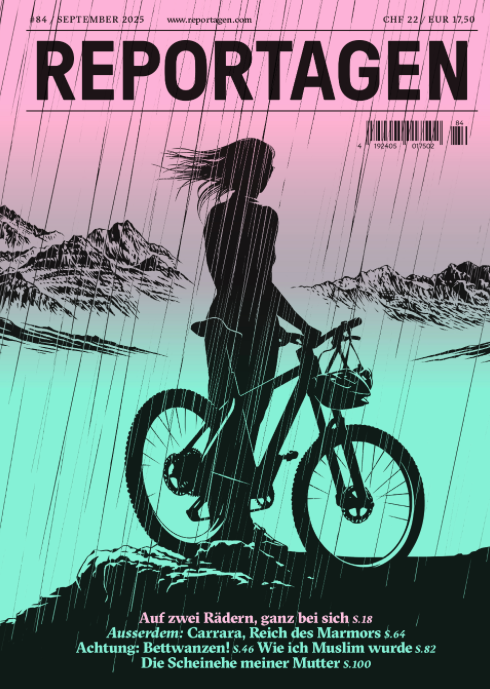#11220
Logic of Emotion
moravian gallery
Olgoj Chorchoj is a legendary poisonous sandworm of giant proportions which is supposedly found in the Gobi desert in Asia. It is said that nobody has seen it and lived to tell the tale. Mongolian herdsmen are even afraid to speak its name; for many of them it is a dreadful incantation, stirring up intense emotions - OCH!
Of all the names of mysterious animals, Olgoj Chorchoj is probably the least suitable to give to a design studio. Despite this - or indeed because of it - the designers and architects Michal Froněk (*1966) and Jan Němeček (*1963) chose the tortuous phrase Olgoj Chorchoj as their professional moniker. They liked its stertorous guttural sound and tricky pronunciation (especially for foreigners, who transform the name into the tongue-twisterAllghoi Khorkhoi). Despite that - or again because of it - it works. The name reflects a fascination with a sci-fi (a giant sandworm appears in Ludvík Souček´s book The Devil Tamers from 1965 or in Frank Herbert's novel Dune, made into the film by David Lynch in 1984).
The Olgoj Chorchoj design concept is a deliberate and conscious linking of purpose and beauty, engineering structures and artistic forms, a combination of modern robotic technology and traditional hand-made crafts, rationality and elegance, logic and emotion. Olgoj Chorchoj's output represents technically and aesthetically high-quality Czech design which is more than capable of competing within a globalized market.
Olgoj Chorchoj focus on working with glass, metal, wood and a range of newly developed composite materials. They are currently professors of product design at the Academy of Arts, Architecture and Design in Prague, where they have already trained many successful graduates. They are the founders of the Olgoj Chorchoj design and architecture studio and have won numerous prestigious awards in the Czech and international context.
Michal Froněk and Jan Němeček formed their creative partnership during a design workshop at the Vitra Design Museum in Weil am Rhein in 1990, and since then they have spent more than a quarter of a century working together. Their early direction was influenced by the postmodernism of Bořek Šípek, who became a teacher at the Academy of Arts, Architecture and Design after the revolution. Around the middle of the 1990s, the Olgoj Chorchoj duo - as they themselves say - "had had enough of postmodernist emotions". At that time they began to incline towards the austere, more logical forms of neomodernism, yet without entirely displacing postmodern playfulness from their mode of expression. Olgoj Chorchoj increasingly began to focus on collaborating with traditional Czech factories, many of whom were operating on a makeshift basis after years of socialist nationalization of industrial firms. Olgoj Chorchoj were behind a successful reboot of a number of them, including the companies TON, Bomma, Moser, Kavalier Glass, Prim and Mikov. Olgoj Chorchoj and their output can thus be held up as an example of the progressive transformation of the local industrial sector post-1989, during which the ossified socialist system gradually transformed into the neoliberal capitalism of the free market.
Although Olgoj Chorchoj are still at the peak of their professional powers, their original approach can now be placed within the historical context of Czech design. Olgoj Chorchoj consciously identify with interwar modernism (that of Sutnar, but also of Loos or Rothmayer), with the "soft" organic functionalism of the designer Zdeňek Kovář and the socialist modernism of the "Brussels style", but also with postmodernism and neomodernism, which remains current even today.
The exhibition at Brno's Museum of Applied Arts is to be a look back at Olgoj Chorchoj's work to date. This retrospective is not just a chronological exhibition of OCH projects but an attempt at a selective thematization of important points of their professional career. A significant role is also played by the choice of exhibition design, which deliberately combines elements of postmodern theatricality and visual arts installation with a modernist appreciation of order, intelligibility and didacticism. The seemingly paradoxical subtitle of the exhibition can therefore also be applied to the conception of the exhibition: The Logic of Emotion.
40.00 €
In stock





